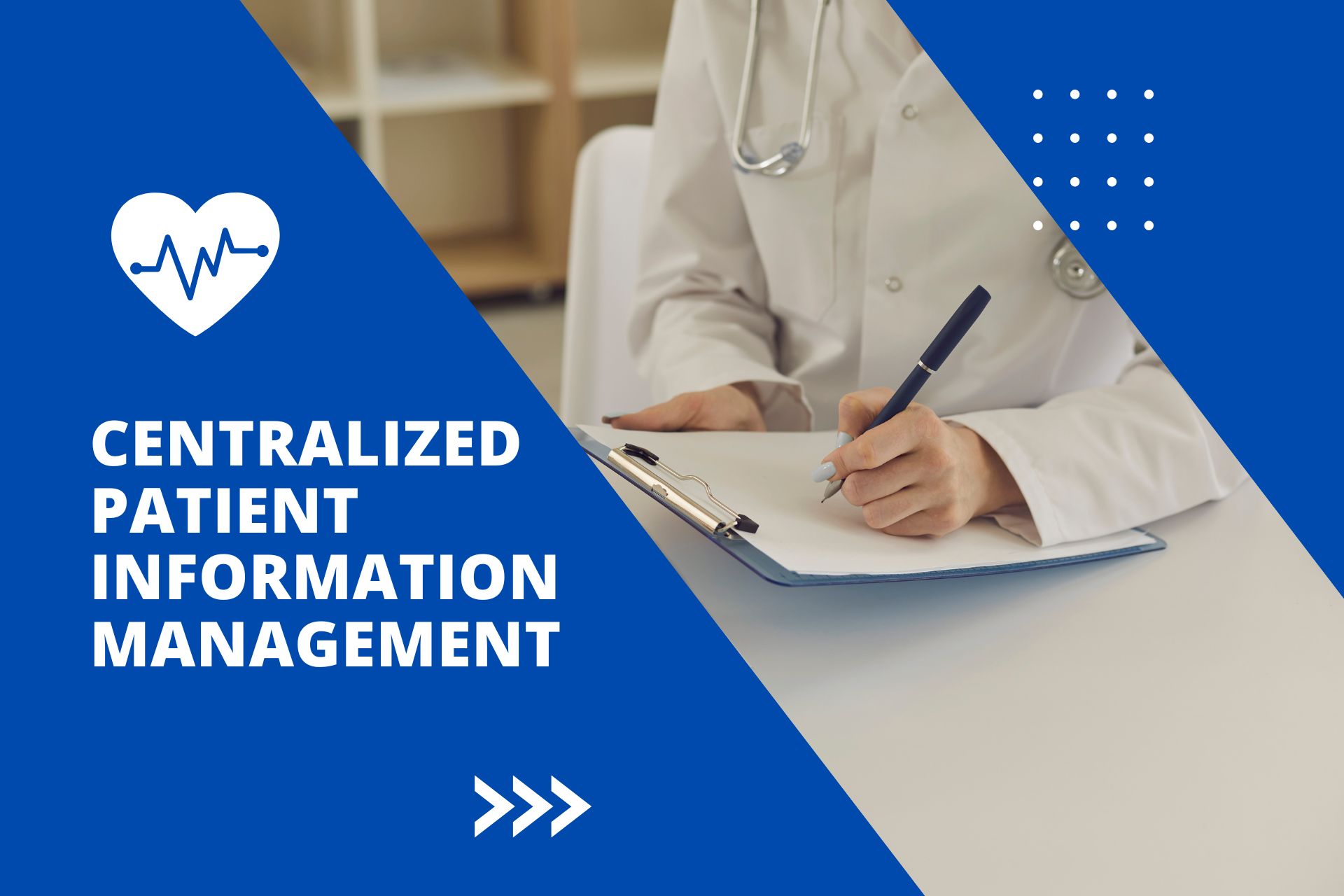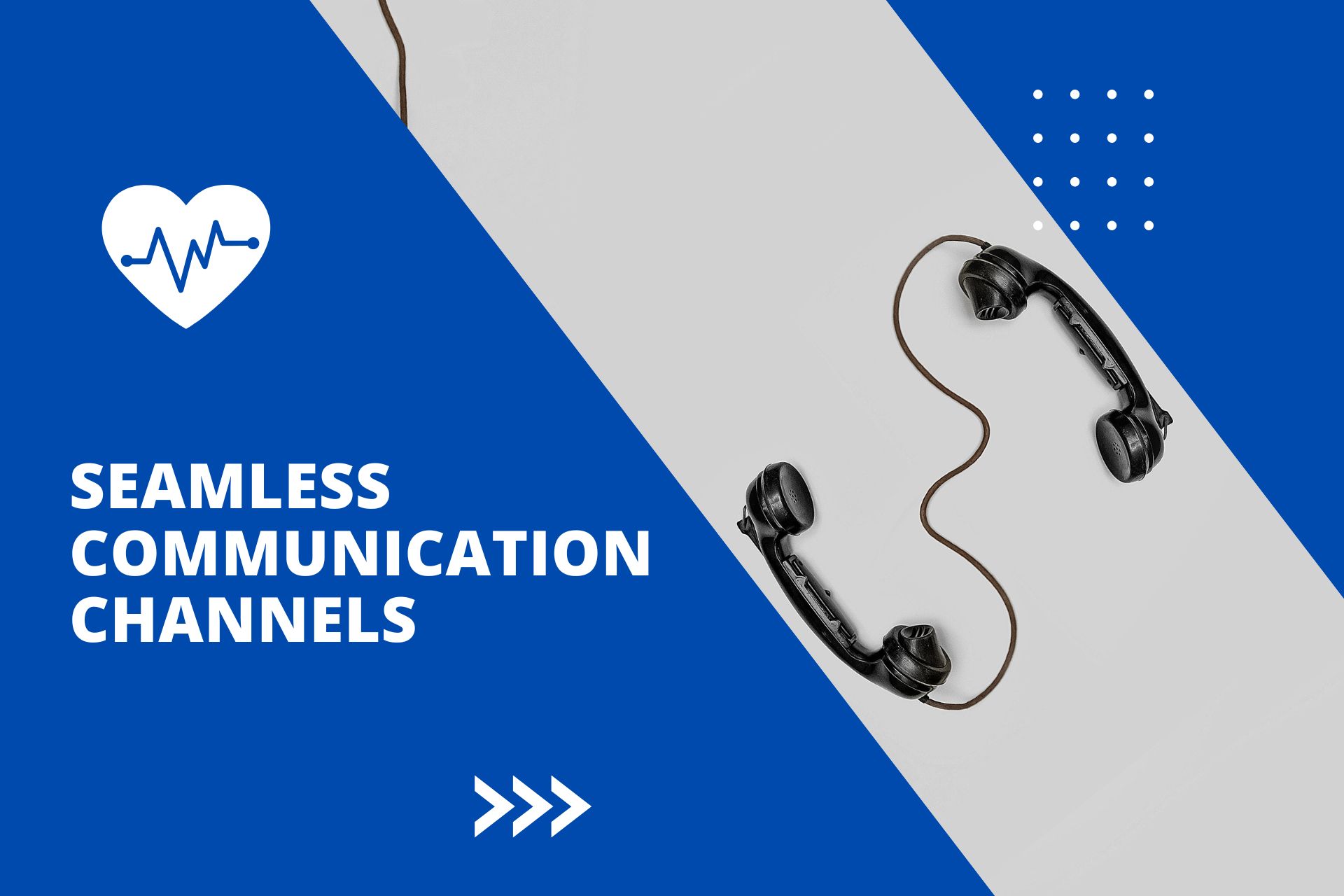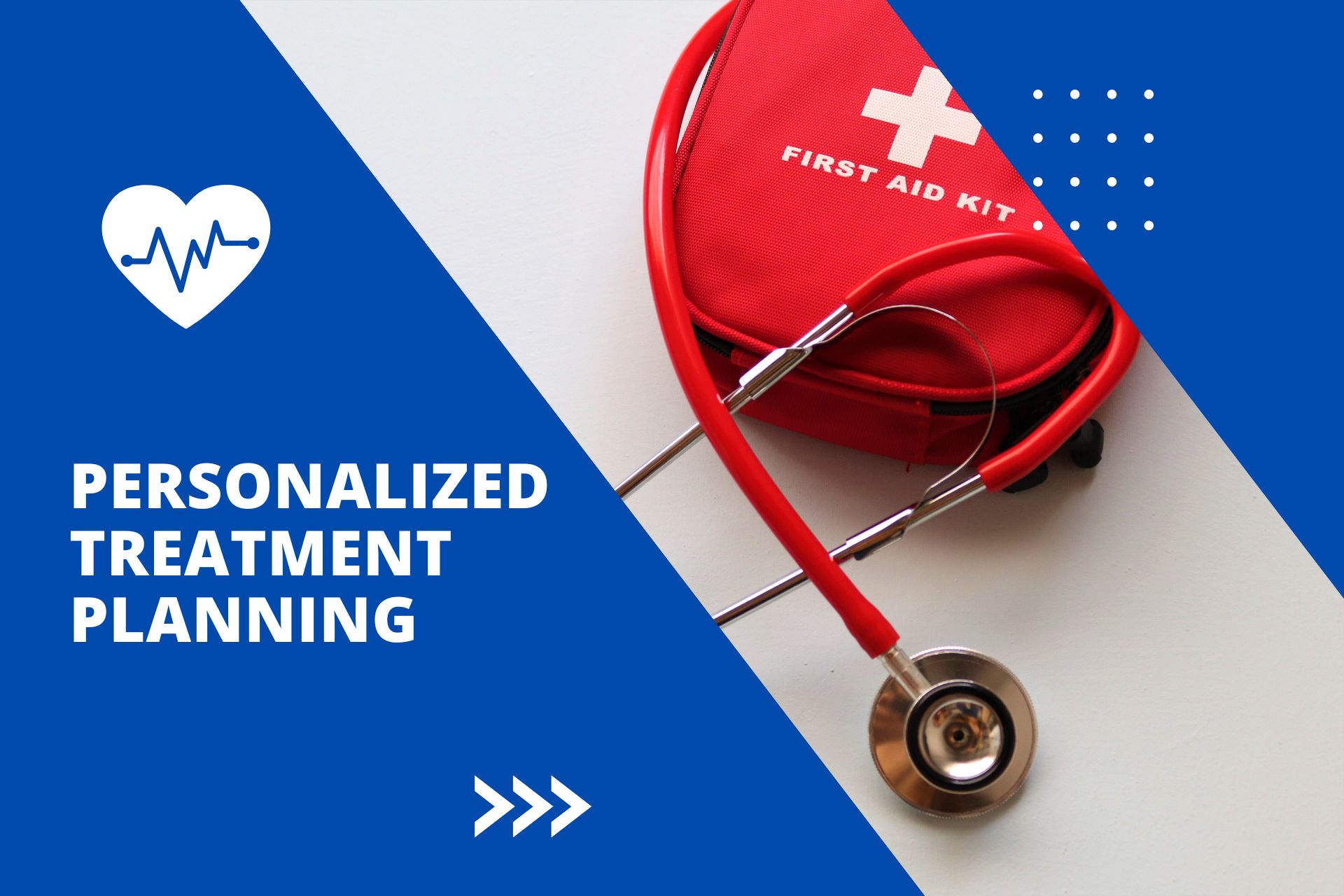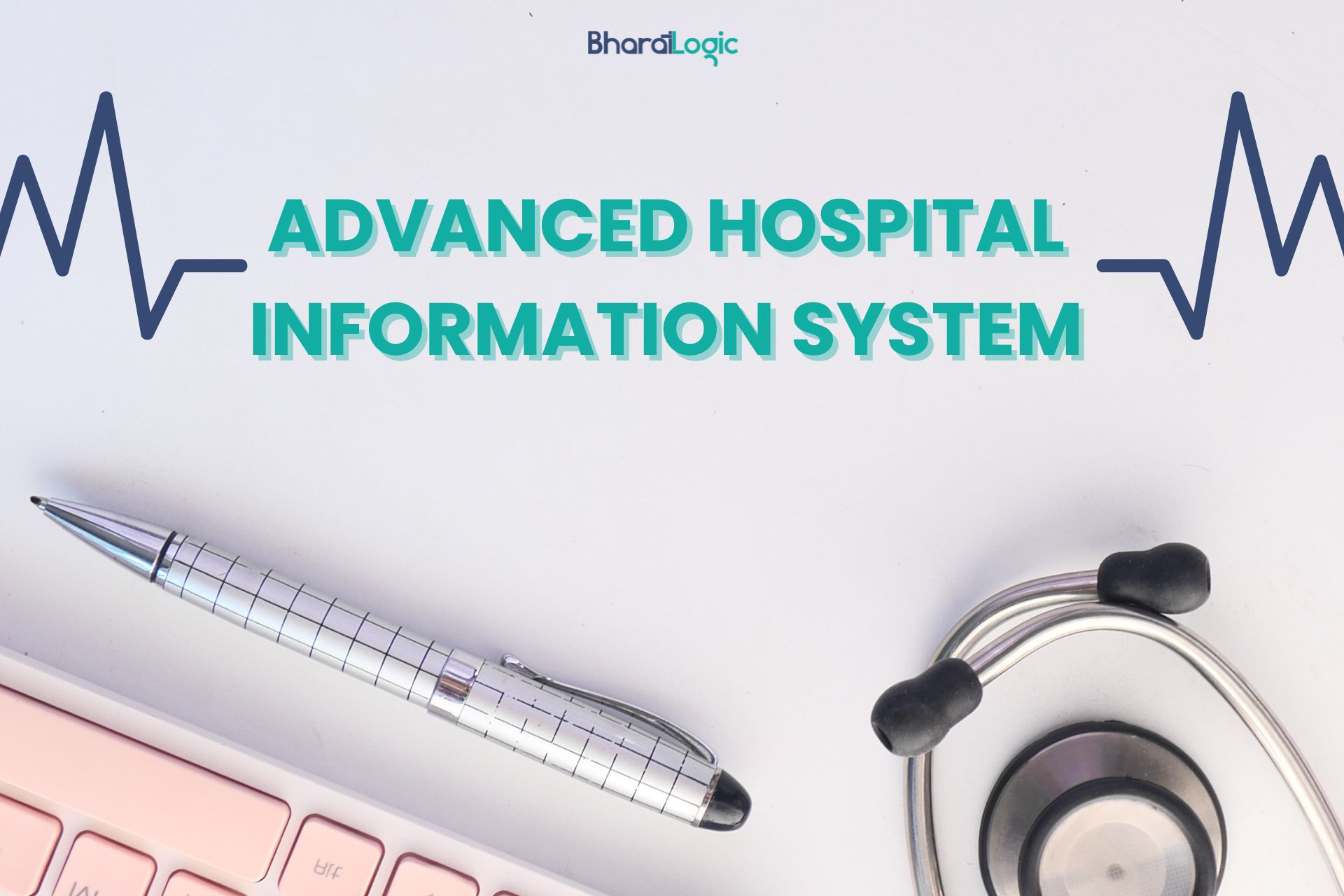Streamlining Patient Management :Enhancing Patient Overview through Scheduling Program Integration
In today’s healthcare environment, managing patient appointments and schedules can be a challenge. With the increasing demand for quality care and the need for efficient patient management, healthcare providers are constantly looking for ways to streamline their processes and enhance the patient experience. One way to achieve this is through the integration of scheduling programs that can provide a comprehensive overview of each patient’s care journey.
Table of Contents
ToggleUnderstanding the Importance of Streamlining Patient Management
Enhancing Patient Overview Through Scheduling Program Integration
1. Centralized Patient Information Management

One of the key benefits of integrating scheduling programs into the patient management system is the ability to centralize patient information. By having all patient data in one place, healthcare providers can easily access essential details such as medical history, treatment plans, and appointment schedules. This comprehensive overview allows providers to make informed decisions and provide tailored care to each patient.
2. Efficient Appointment Scheduling

Scheduling appointments can be a time-consuming task for both patients and providers. With scheduling program integration, patients can easily book appointments online, check availability, and receive automated reminders. Providers can also optimize their schedules and allocate resources more efficiently, reducing wait times and improving the overall patient experience.
3. Seamless Communication Channels

Effective communication is vital for ensuring a smooth patient journey. Scheduling programs can facilitate communication between patients and providers through various channels such as text alerts, email notifications, and online portals. This real-time communication allows providers to send important updates, reminders, and relevant information to patients, enhancing their engagement and satisfaction.
4. Personalized Treatment Planning

Each patient has unique healthcare needs that require personalized treatment plans. Patient scheduling programs can help providers create tailored care pathways based on the patient’s medical history, preferences, and goals. By streamlining the treatment planning process, providers can deliver more effective care and improve patient outcomes.
5. Data Analytics and Reporting

Analyzing key performance indicators and patient outcomes is essential for continuous improvement in patient management. Scheduling programs can provide valuable insights through data analytics and reporting tools. By tracking metrics such as appointment attendance rates, wait times, and patient satisfaction scores, providers can identify areas for enhancement and implement strategies to optimize patient management processes.
Conclusion
Streamlining patient management through scheduling program integration is crucial for enhancing the patient experience and improving healthcare outcomes. By centralizing patient information, streamlining appointment scheduling, facilitating communication channels, personalizing treatment planning, and utilizing data analytics, healthcare providers can optimize their processes and deliver high-quality care to every patient. By investing in technology and embracing innovation, healthcare organizations can transform their patient management systems and provide a seamless care experience for all patients.
Looking to take your service to the next level with a high-quality, custom-built software solution? Look no further than bharatlogic. As a premier native and cross-platform software development company, we have the expertise and experience to bring your vision to life. Trust us to deliver exceptional results for your upcoming projects.
FAQs
There is a growing awareness among patients about the importance of receiving high-quality care for their health and well-being. In addition, advancements in medical technology and treatments have raised the standards for healthcare providers to deliver the best possible care.
Healthcare providers can streamline their processes by implementing electronic health record systems, utilizing telemedicine for remote consultations, and automating administrative tasks such as appointment scheduling and billing.
Healthcare providers can enhance the patient experience by improving communication with patients, providing easy access to medical records, offering convenient appointment scheduling options, and ensuring a comfortable and welcoming environment in their facilities.
Healthcare providers can improve patient management by utilizing software solutions for tracking patient appointments, monitoring patient progress, and coordinating care among different healthcare providers. Additionally, effective communication between providers and patients is essential for successful patient management.





